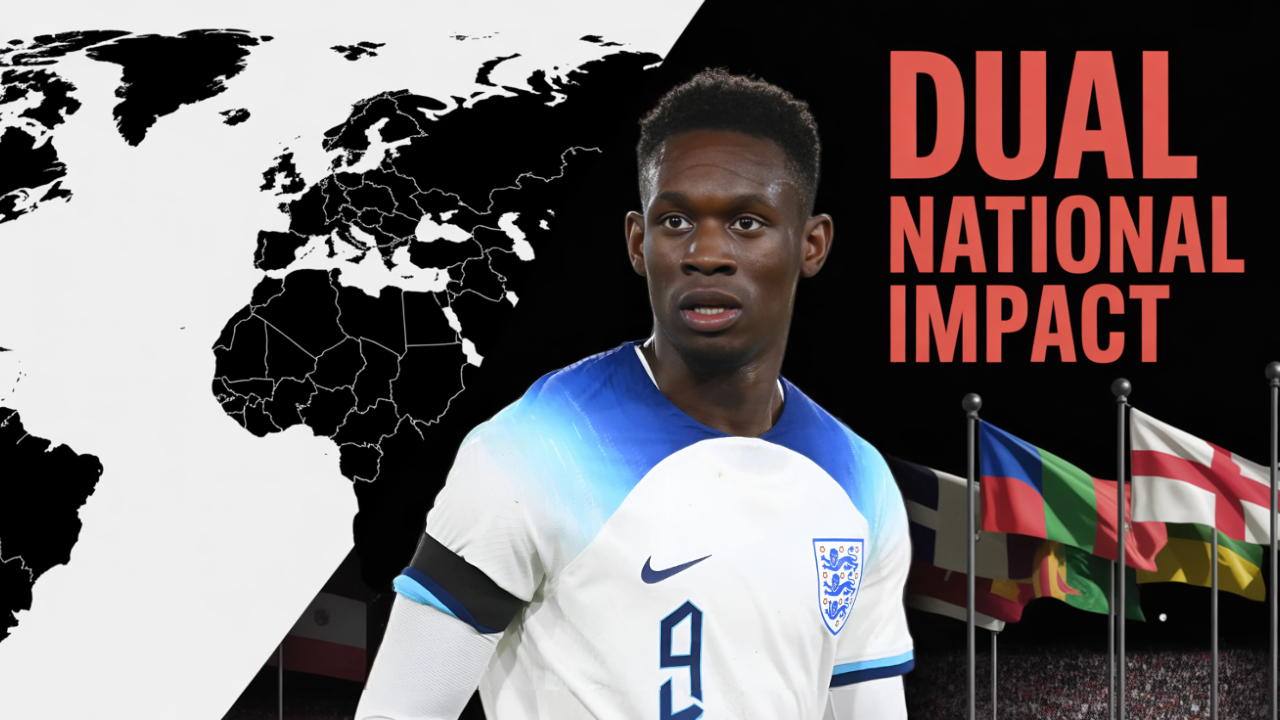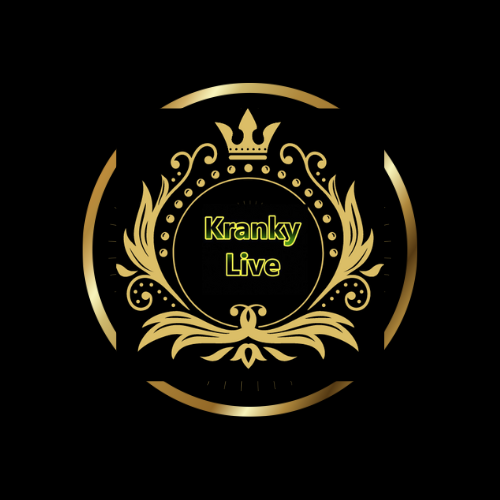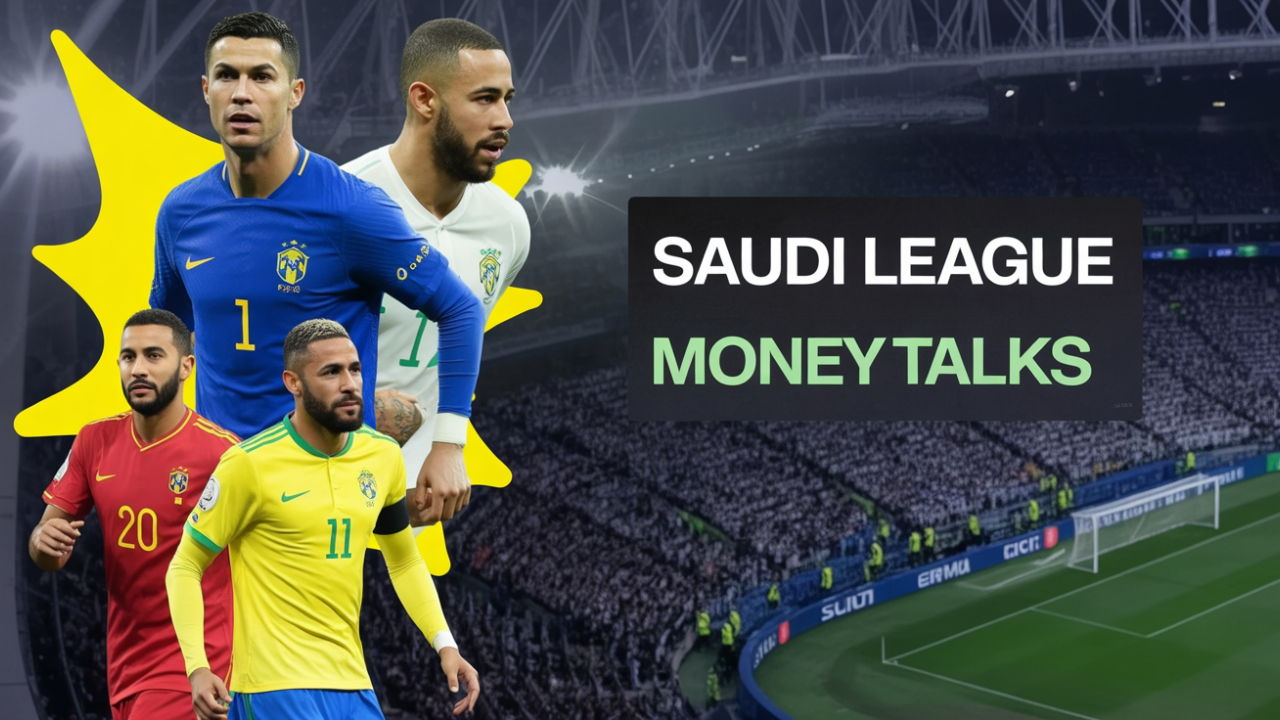Saudi Arabia’s football ambitions are no longer whispered—they're announced in flashing lights and billion-dollar deals. The Saudi Pro League (SPL) has transformed from a regional footnote into one of the most talked-about football experiments on the planet. It’s not just luring superstars from Europe—it’s reshaping the economics, governance, and perception of professional football in the Middle East.
At the heart of it lies Vision 2030, Saudi Arabia’s blueprint for diversifying its oil-based economy. But is the SPL a genuine long-term sporting project—or just a high-stakes PR campaign riding on the back of petro dollars?
Unprecedented Investment: The Numbers Behind the Hype
The SPL’s financial transformation is staggering. In the 2023 summer transfer window alone, Saudi clubs spent over $900 million, according to Deloitte and The Athletic—second only to the English Premier League. The big-money signings include:
- Rúben Neves – $58M transfer fee (Wolves → Al-Hilal)
- Sergej Milinković-Savić – $44M transfer fee (Lazio → Al-Hilal)
- Aleksandar Mitrović – $55M transfer fee (Fulham → Al-Hilal)
- Cristiano Ronaldo – $200M/year wages including ambassadorial duties (Al-Nassr)
- Karim Benzema – Reportedly over $100M/year in total compensation (Al-Ittihad)
To clarify, the figures for Neves, Milinković-Savić, and Mitrović are transfer fees paid to their previous clubs, while the amounts for Ronaldo and Benzema reflect their annual salary packages, including bonuses and ambassadorial roles.
All these moves are underwritten by the Public Investment Fund (PIF), which controls Al-Nassr, Al-Hilal, Al-Ittihad, and Al-Ahli. Football is now a soft-power tool—a central feature of Saudi Arabia’s attempt to rebrand its image and economy.
League Structure and Strategy: Planning or Posturing?
The SPL features 18 clubs in a traditional 34-match season, with promotion, relegation, and qualification for the AFC Champions League. However, competitive parity remains elusive—PIF-backed clubs dominate on and off the field.
To counter accusations of being a top-heavy “cash league,” the Saudi Football Federation requires clubs to:
- Build youth academies
- Hire qualified coaches with UEFA or AFC licenses
- Develop infrastructure such as training centers and analytics departments
Yet, many observers say more transparency is needed. “The gap between the top four and the rest is unsustainable,” says football analyst Yaser Al-Khathran. “Without fair play rules, the league may become predictable.”
Star Power and Short Stays: Boom or Bubble?
Cristiano Ronaldo declared:
“In Europe, my work is done. I’ve won everything. I see Saudi Arabia as a new challenge.”
His 2022 arrival opened the floodgates, bringing stars like Karim Benzema, N’Golo Kanté, Fabinho, and Roberto Firmino. But not all investments have aged well:
- Neymar ($100M to Al-Hilal) tore his ACL and returned to Santos FC in 2025
- Allan Saint-Maximin exited Al-Ahli early due to fitness concerns
- Jhon Durán left Al-Tai after just five months
A European agent told The Athletic:
“Clubs don’t negotiate. They ask the price and pay. It’s surreal—but chaotic.”
Grassroots Football: The Missing Piece?
While the SPL’s international profile is rising, questions remain about local development:
- Are young Saudis getting enough playtime?
- Are academies funded equally across all clubs?
- What support exists for lower-tier leagues, women’s football, and coaching education?
According to former Saudi international Nawaf Al-Temyat, “We must focus not just on importing stars but exporting talent. That’s when we’ll know the SPL is working.”
So far, no Saudi club has produced a breakout international star since Salem Al-Dawsari, raising concerns that local development is being overshadowed by foreign spending.
Comparisons: Europe, China, and the MLS
- Europe: The SPL lacks the UEFA Champions League, historic rivalries, and cultural legacy.
- China: The Chinese Super League collapsed under debt and abrupt regulation after spending sprees in the 2010s.
- MLS (USA): Focused on slow, grassroots growth, including academies and college pathways.
As Rory Smith (NYT) puts it:
“Money can buy players—but not culture.”
Stakeholder Perspectives: Excitement Meets Skepticism
- Fans: Al-Nassr vs. Al-Hilal now draws 30,000+ spectators, tripling pre-2022 numbers.
- TV: Ratings for Ronaldo’s debut month jumped 300% (Saudi Sports Company).
- Players: Enjoy tax-free salaries, luxury housing, and fewer media pressures—but some voice frustration over officiating and tactical inconsistency.
- Human Rights Groups:
Amnesty International warns:
“Saudi Arabia is using sports to launder its human rights record.”
- FIFA: Remains silent publicly but reportedly monitors how Saudi clubs impact the global transfer market and balance of competitions.
Broadcasting: Can the World Tune In?
In a major breakthrough, the Saudi Pro League signed a multi-year deal with Fox Sports to air matches in the United States starting from the 2023–24 season. The agreement includes over 100 live matches per season across FS2, FOX Deportes, FOX Soccer Plus, and the FOX Sports app, providing coverage in both English and Spanish.
This move gave the SPL a crucial foothold in the U.S. broadcast market, especially after the arrival of Cristiano Ronaldo drew massive American interest.
That said, challenges remain elsewhere:
- SPL is still not consistently aired in Europe, Africa, or Latin America.
- No unified global streaming platform (like DAZN or Apple TV) has secured comprehensive rights.
- Lower-profile matches often remain untelevised or only locally streamed.
Without broader international distribution and high production value across all fixtures—not just marquee matchups—the SPL’s global reach will remain limited.
Women’s Football: A Glaring Omission
Though Saudi Arabia has launched a national women’s league and a women’s national team, there is no visible plan to integrate female players, coaches, or commentators into the SPL media ecosystem. This remains a credibility gap for a country hoping to be taken seriously on the global football stage.
Risks and Long-Term Questions
1. Sustainability: Can the SPL survive without annual PIF injections?
2. Domestic Development: Are local players progressing or sidelined?
3. Global Legitimacy: Will UEFA, CONMEBOL, and others embrace or exclude SPL clubs?
4. Player Retention: Can the league retain stars past their first season?
5. Cultural Fit: Will foreign players and families continue to adapt to Saudi life?
6. Women’s Inclusion: Can the football ecosystem grow without gender equity?
Conclusion: Promise, Power, and a Project in Progress
The Saudi Pro League is no longer a side story—it’s a global economic and cultural experiment. It has the money, the players, and the ambition. What it lacks is depth, continuity, and footballing culture that goes beyond marketing.
To truly rival Europe or become the next football superpower, the SPL must nurture homegrown talent, earn credibility, and win hearts, not just headlines. It’s a league to watch—but not yet a league that defines the game.







